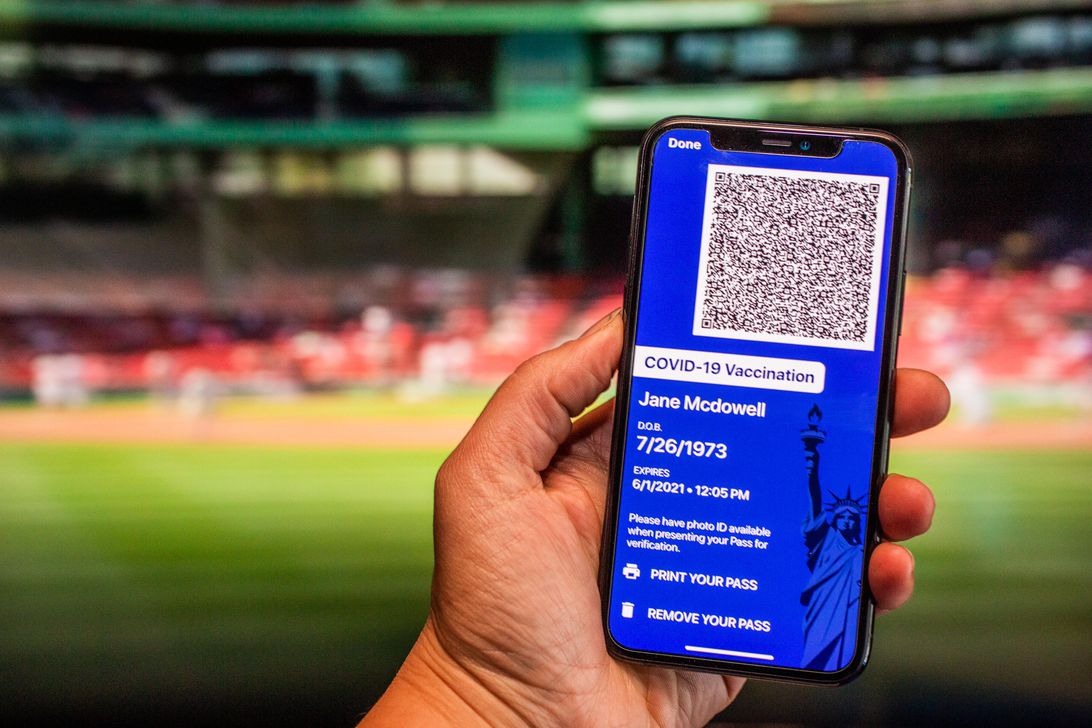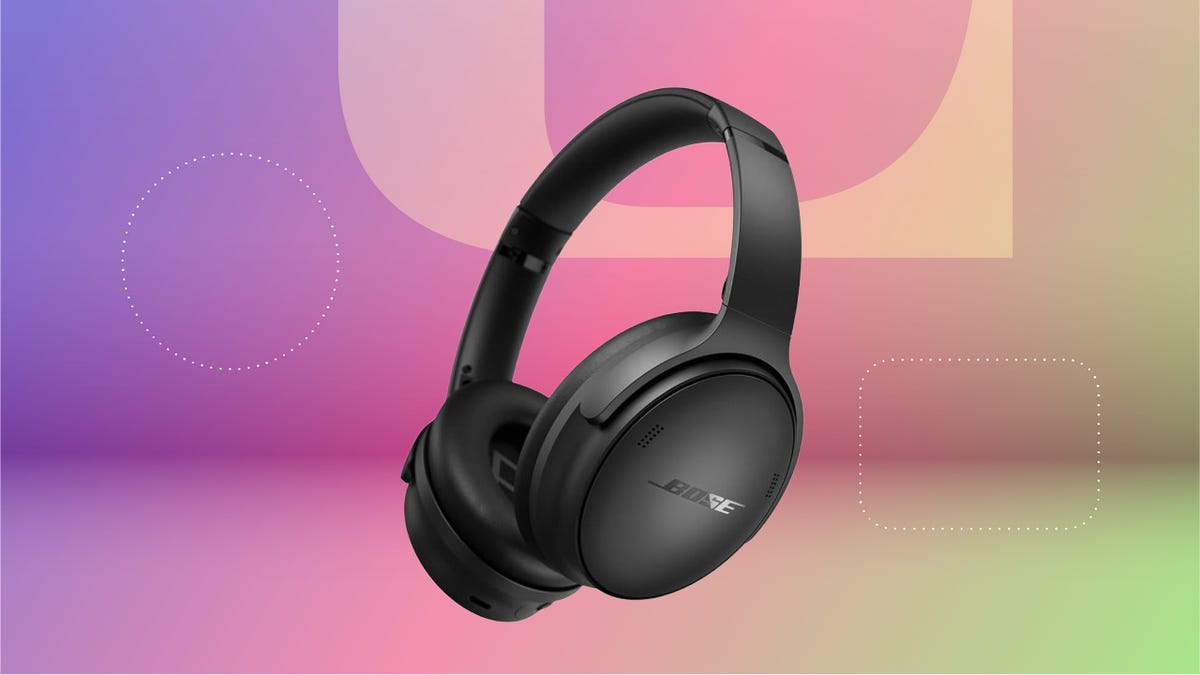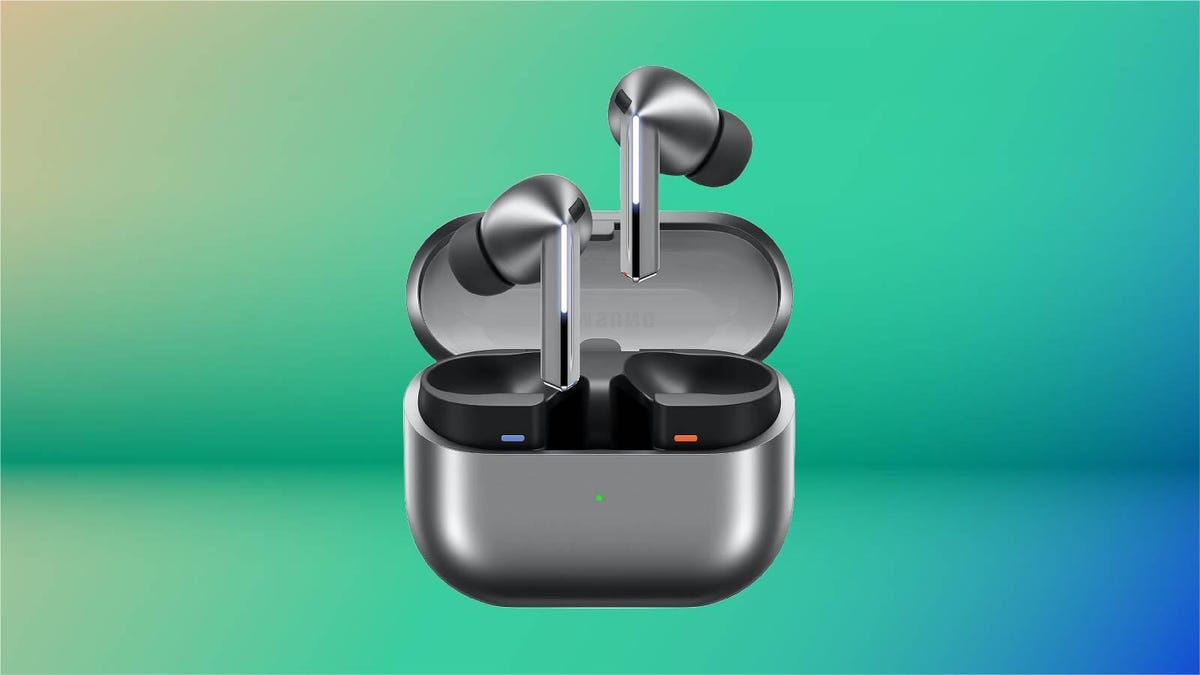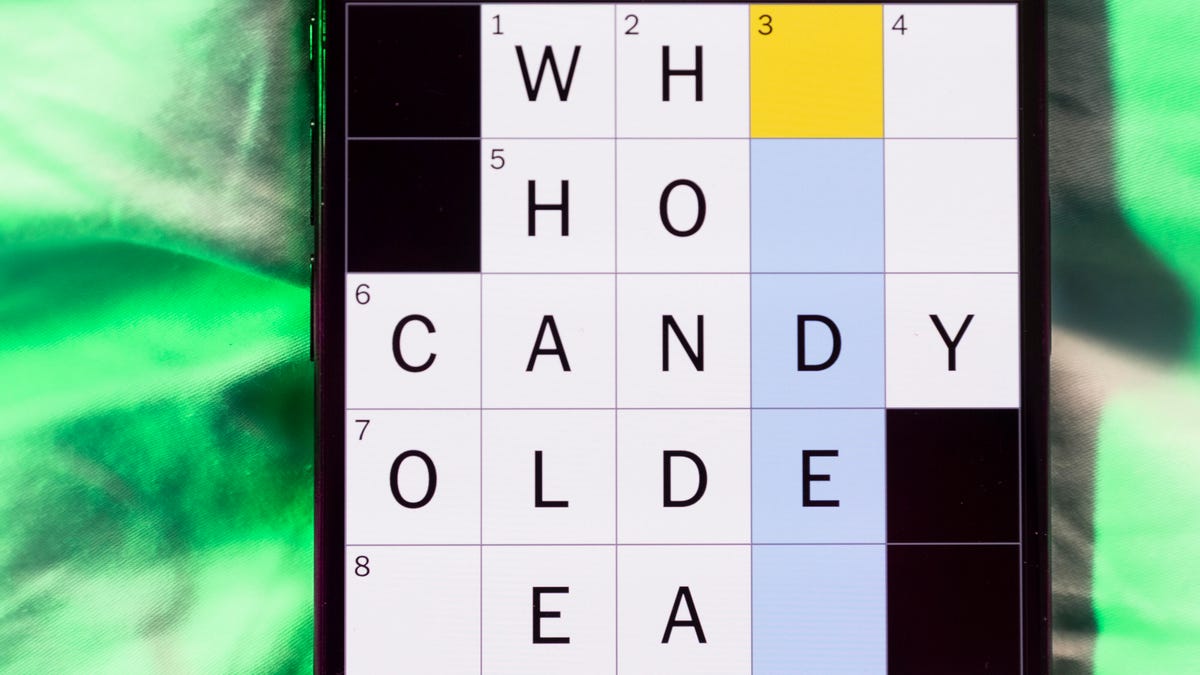Technologies
COVID-19 vaccination proof: How to add your vaccine card to your phone
You could be required to show proof of COVID vaccination when going to restaurants, offices and more. Keep your vaccine card on your phone so you always have it.

More businesses across the country are continuing to require proof of vaccination for entry due to the highly contagious omicron variant of the coronavirus that’s surging through the US. That includes restaurants, movie theaters, gyms, hotels and public venues.
And if you’re traveling back home after the holidays, easily showing proof of your fully vaccinated status is more important than ever. You don’t have to keep the printed version of your vaccine card in your wallet or purse, though. To avoid damaging or losing your vaccine card, we recommend storing it in your phone or using an official state phone app to record your proof of COVID vaccination.
Not sure how? We’ll show you ways you can store your vaccine card digitally — including the methods to use if you have an Android or iPhone — and help you find out whether or not your state has a specific app.
Which states are using vaccination record apps?
While some governors have signed orders banning so-called «vaccine passports,» many states have apps that allow residents to keep digital versions of their vaccine cards on their smartphones. Twelve states, including California, Colorado, Hawaii, New York and Louisiana, offer SMART Health Cards that store vaccination records and COVID-19 test results.
Colorado residents, for example, can download the myColorado app: After you create an account, verify your identity and add a digital version of your driver’s license to your phone, you can then add your myVaccine record to the app. Louisiana’s LA Wallet app takes a similar approach, allowing you to add your driver’s license and proof of vaccination to your phone.
California requires residents to fill out a form to verify their identity, after which they’ll receive a text or email with a link to a QR code that can be saved to their phone. When scanned, the code will offer proof of vaccination. The link will also include a digital copy of your vaccination record.
Illinois residents can use VaxVerify, which uses Experian for identity verification.
MyIR Mobile is used by several health departments, including Arizona, Louisiana, Maryland, Mississippi, North Dakota, Washington state, West Virginia and Washington, DC. Both Washington state and Washington, DC, recently added the ability for residents to self-report positive results for at-home COVID test kits.
Delaware, New Mexico and Michigan are also using web portals to let residents access their vaccination status online.
New Yorkers have two app options: The Excelsior Pass app and NYC Covid Safe.
We’ll continue to update this feature as more states offer apps and features to store your COVID-19 vaccine card online. And keep in mind if you get a booster dose, you’ll need to re-upload your vaccine card.
What if my state doesn’t have an app that lets me store my card?
If your state doesn’t have an iPhone or Android app that lets you store a copy of your vaccination record, there are other ways to keep it on your phone. What qualifies as valid proof, however, can vary by state, city, county or business.
Some places may accept a photo of your physical vaccination card: For example, concert producer AEG Presents accepts a «physical copy of a COVID-19 Vaccination Record Card, a digital copy of such card or such other proof as is permitted locally.» But you definitely want to research first if your city, county or state does the same.
Along with public school mandates, hundreds of private colleges are also requiring students and employees to be vaccinated: Seattle University, which requires students to be vaccinated to attend in-person classes, offers an online form to upload photos of the front and back of your vaccination card.
When in doubt, look for information on the business’s website or call the local health department and ask for clarification. This is bound to save you time and the risk of being turned away at the door.
Can I store my card with Google Pay or Apple Wallet?
If you have an iPhone ($346 at Amazon), you can store your COVID-19 vaccine card on Apple Wallet to present whenever you need to show you’re fully vaccinated. (You can keep a copy in the Health app, too.) The WatchOS 8.1 update allows you to keep your card handy on your Apple Watch.
If you have an Android, you can add your vaccine card to the Google Pay app and even add a shortcut icon to your home screen to find it quickly.
Samsung Pay can also store your vaccine record
Samsung now gives Galaxy phone owners the option to add proof of vaccination to Samsung Pay. You’ll need to download the CommonHealth app (Samsung’s partner) from the Google Play Store and follow the prompts in the app to verify your vaccination status.
Once the app confirms you’veindeed gotten the jabs, you’ll be prompted to download a Smart HealthCard to Samsung Pay that you can show to anyone requesting you show proof of vaccination. It beats having to fiddle around with photo albums and tapping through multiple screens before you’re able to show it to a bouncer or maître d’.
Will a picture of my vaccine card work?
The simplest way to have a digital record of your vaccine status is to snap a photograph of your vaccination card and keep it on your phone. Even the CDC recommends keeping a picture of your card as a backup copy.
You can make the photo a favorite to quickly locate it or store it in a notes app, a folder or somewhere easy to remember. Make sure you’re in a well-lit area and get close enough to the card that the dates and other details are legible. Put the card on a dark surface and try to eliminate shadows from your arms or the phone itself.
Here’s one way iPhone users can save their vaccination card as a new photo album: Open the Photos app, select the Albums tab and then tap the plus (+) sign in the top left corner followed by New Album. Give the album a name and then tap Save. Next, select the photos of your card to add them to the album.
On an Android, it depends on which app you’re using, but the process should generally be the same. If you’re using the Google Photos app, open the app and then select the picture of your vaccination card. Tap the three-dot menu button in the top-right corner, followed by the Add to Album button. Select +New album and give it a name such as «Vaccination Card» and tap the checkmark button when you’re done.
What else can I use?
I’ve had a large number of readers reach out to me about this article, each one offering advice and guidance about storing a proof of vaccination card.
One popular suggestion is the well-known airport security service Clear. In fact, some concert and exhibition halls require that attendees use Clear to verify their vaccination status to attend a show. You can go to clearme.com/healthpass to download the app and get your card added.
VaxYes is another service that verifies your vaccination status and then adds your vaccination card to your Apple Wallet. I’ve read that you can add your card to the Google Pay app, but after signing up and going through the process myself, I don’t see the option on a Pixel 5 running Android 12.
If your local municipality or employer uses the CDC’s Vaccine Administration Management System, then you can use the VAMS website to access your vaccination records. I’ve had more than one reader reach out to me about using this system to show proof of vaccination, but without an account myself, I’m unable to go through the process of accessing a vaccination record.
Another suggestion I received from multiple readers is to use a scanner app on your phone and store a scanned copy of your vaccination card in something like your OneDrive personal vault or a password manager (almost all of them offer some sort of secure file storage) instead of storing the photo in Google Photos or Apple’s iCloud photos. On an iPhone, you can use the scanner that’s built into the Notes app. On Android, Google’s Stack PDF scanner will be enough to get the job done.
This story will be updated as the national vaccine conversation continues. For more information about the booster shots from Pfizer, Moderna and Johnson & Johnson, make sure to read this primer.
The information contained in this article is for educational and informational purposes only and is not intended as health or medical advice. Always consult a physician or other qualified health provider regarding any questions you may have about a medical condition or health objectives.
Technologies
This $199 Bose QuietComfort Headphones Deal Is the Best I’ve Seen
With a $150 discount, this Bose QuietComfort headphones deal is impossible to beat.

We’re big fans of personal audio gear, especially high-quality headphones. The Bose QuietComfort headphones definitely fall into that category. In fact, CNET’s expert editors rank them as some of the best noise-canceling headphones on the market today. But that doesn’t mean you have to pay the retail price — right now, both Amazon and Walmart are offering them for a best-ever price.
Strike now and you’ll snag a pair of Bose QuietComfort wireless headphones at a great discount of $150. Walmart is offering them for just $199 in select colors. But if you want more variety, Amazon is price-matching across the entire color range. Just keep in mind that I can’t promise that either of these deals will last for long.
The QuietComfort headphones include noise cancellation and have Quiet and Aware modes, so you can focus as needed or let some ambient sound in when you’re taking walks or need to know what’s happening around you.
Hey, did you know? CNET Deals texts are free, easy and save you money.
Adjustable EQ lets you customize your sound preferences, and a battery life of up to 24 hours makes these headphones the perfect travel companion. Need a battery boost? It only takes a 15-minute charge to get an extra battery life of up to 2.5 hours.
If this isn’t quite the product you’re looking for, check out our list of the best wireless headphones to find the right pair for you. There are plenty of different options from various manufacturers, with something for everyone.
HEADPHONE DEALS OF THE WEEK
-
$300 (save $51)
-
$299 (save $151)
-
$220 (save $180)
Why this deal matters
Bose makes some of the best headphones on the market. This deal offers QuietComfort headphones for just $199 after slashing $150 off the regular price. That’s the lowest price I’ve seen on these headphones, and a massive discount. Just be sure to get your order in soon.
Join Our Daily Deals Text Group!
Get hand-picked deals from CNET shopping experts straight to your phone.
By signing up, you confirm you are 16+ and agree to receive recurring marketing messages at the phone number provided. Consent is not a condition of purchase. Reply STOP to unsubscribe. Msg & data rates may apply. View our Privacy Policy and Terms of Use.
Technologies
The Best Earbuds for Samsung Users Are Just $165, but for How Long?
The Samsung Galaxy Buds 3 look and sound great, and this deal smashes the usual $250 asking price.

While it’s true that Apple’s latest AirPods Pro 3 tend to dominate the conversation when discussing premium Bluetooth earbuds, they aren’t the only option. In fact, if you’re ensconced in Samsung’s ecosystem, they’re obviously not going to be a great fit. The solution? Samsung’s Galaxy Buds 3 Pro, which you can get on sale right now for just $165 on Amazon.
It isn’t quite the cheapest price we’ve seen, but it isn’t all that far off. And while they might fall slightly during the upcoming Black Friday sales, we don’t expect them to go far beyond their lowest price of around $150.
There are plenty of options out there for non-Apple users looking for a good pair of wireless earbuds. To give you one example, CNET’s own list of the best wireless earbuds named Sony’s WF-1000XM5 as the best pair on the market. Elsewhere on that list, though, CNET also named the Galaxy Buds 3 Pro as the best option for Samsung users, and it’s not hard to see why.
Hey, did you know? CNET Deals texts are free, easy and save you money.
These earbuds boast a number of features tailored to folks with Samsung Galaxy or any other sort of Android smartphone, most notably support for the «high-resolution» Samsung Seamless Codec for audio quality. Those users will also have access to the Galaxy Wear app, which is the exclusive method the company uses to push through updates. While you can technically connect these buds to an iPhone, you won’t find the Wear app in Apple’s App Store, leaving the experience far from ideal.
Beyond those exclusive perks for Android users, CNET’s audio guru Dave Carnoy said in his review of the Galaxy Buds 3 Pro that you can expect a «lightweight and comfortable» feel, excellent audio and call quality, and some solid noise-cancellation to boot. The primary flaw he noted was the price, which this deal definitely helps with.
Why this deal matters
The Galaxy Buds 3 Pro are the top-of-the-line when it comes to Samsung earbuds, which means that most of the time you can expect a top-of-the-line price tag to match. Now, however, you can grab yourself a pair for considerably less.
Technologies
Today’s NYT Mini Crossword Answers for Friday, Oct. 31
Here are the answers for The New York Times Mini Crossword for Oct. 31.

Looking for the most recent Mini Crossword answer? Click here for today’s Mini Crossword hints, as well as our daily answers and hints for The New York Times Wordle, Strands, Connections and Connections: Sports Edition puzzles.
Happy Halloween! Today’s NYT Mini Crossword features the word «BOO!» in a square on the last line of the grid. That’s not just a Halloween greeting, it’s part of the answer that spans both 9-Across and 10-Across, so read the answers to both those with the «boo» in the middle to solve it. And then, the puzzle-makers use that «BOO!» again, to help make the answer to 3-Down. Read on for all the answers, complete with added boos. And if you could use some hints and guidance for daily solving, check out our Mini Crossword tips.
If you’re looking for today’s Wordle, Connections, Connections: Sports Edition and Strands answers, you can visit CNET’s NYT puzzle hints page.
Read more: Tips and Tricks for Solving The New York Times Mini Crossword
Let’s get to those Mini Crossword clues and answers.
Mini across clues and answers
1A clue: Buffalo hockey player
Answer: SABRE
6A clue: «I’ll have the ___» (frequent customer’s order)
Answer: USUAL
7A clue: Contents of a volcano
Answer: MAGMA
8A clue: Adjust to a new environment
Answer: ADAPT
9A clue: With 10-Across, last car on a train
Answer: CA
10A clue: See 9-Across
Answer: SE
(The «Boo!» shown in the grid helps make the word CABOOSE)
Mini down clues and answers
1D clue: «Poison» shrub
Answer: SUMAC
2D clue: Carne ___
Answer: ASADA
3D clue: Imaginary cause of fear
Answer: BUGA
(The «Boo!» shown in the grid helps make the word BUGABOO)
4D clue: Accessible alternatives to staircases
Answer: RAMPS
5D clue: Make extremely happy
Answer: ELATE
-

 Technologies3 года ago
Technologies3 года agoTech Companies Need to Be Held Accountable for Security, Experts Say
-

 Technologies3 года ago
Technologies3 года agoBest Handheld Game Console in 2023
-

 Technologies3 года ago
Technologies3 года agoTighten Up Your VR Game With the Best Head Straps for Quest 2
-

 Technologies4 года ago
Technologies4 года agoVerum, Wickr and Threema: next generation secured messengers
-

 Technologies4 года ago
Technologies4 года agoBlack Friday 2021: The best deals on TVs, headphones, kitchenware, and more
-

 Technologies4 года ago
Technologies4 года agoGoogle to require vaccinations as Silicon Valley rethinks return-to-office policies
-

 Technologies4 года ago
Technologies4 года agoOlivia Harlan Dekker for Verum Messenger
-

 Technologies4 года ago
Technologies4 года agoiPhone 13 event: How to watch Apple’s big announcement tomorrow
